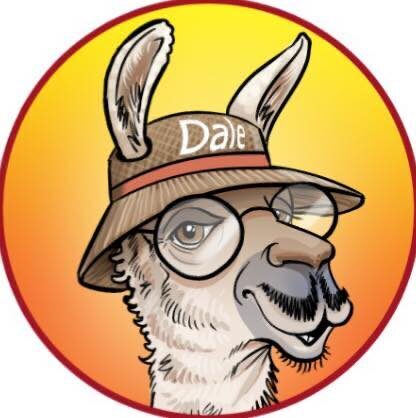To start, NFT stands for Non-Fungible Token. Non-fungible means that something is unique and can’t be replace with something else. A $100 bill is fungible; If you and I were to trade $100 bills, we would be trading something that is interchangeable. Something that is one of a kind is non-fungible. Within Upland, the easiest example would be properties; they are non-fungible as each one has its own address and is unique.
Upland is a game that is built using blockchain technology where the assets you own are in fact NFTs. Before I continue on about NFTs, you are probably asking what is the blockchain. Blockchain technology is most simply defined as a decentralized, distributed ledger that records the origin of a digital asset. Upland’s one of a kind NFTs are created, recorded, and its transactions documented on the blockchain. On public blockchains, this enables people to look up the origins of each NFT, and its ownership history. If you own an original painting of Van Gogh, how would you know it’s an original? If it was created as an NFT, a quick search of the blockchain on the internet would be able to verify this question.
So you just bought your first NFT property in Upland. As mentioned above this NFT is created, or minted on the blockchain and placed in your digital wallet that holds all your assets. Since the blockchain is a public ledger that Upland utilizes as a base for its game, the NFTs are created outside of the game. This means that your in-game NFT can live outside of the Upland Metaverse (this feature is still in development). The Upland Portal was created to enable players to import/export their NFTs from/to the WAX blockchain (and in the future, others as well) into the game. The Upland Metaverse was built to create a marketplace where individuals can buy/sell/trade any sort of digital asset (NFT) within the game, whether they be native to the game, or not.
So now that its clear how Upland properties are unique and non-fungible, what about the homes built on top of them? Yes, all the homes may look the same, but they too are NFTs. Each building is associated and tied to a specific property. Just like in the real world you can’t uproot a building a move it to a different address, the same is true in Upland. The fact that the building can only exist on one specific property makes it unique, and therefore an NFT. Building structures on your properties require spark – read more about that here.
Block explorers and Legits are also NFTs, but a bit more complex to grasp. Below is a block explorer that was bought by 300 players (as noted in the mint number). As described in the picture it was created as a souvenir in celebration of Upland’s 2nd Genesis Week in 2021. Rightfully so you are asking if there are 300 of them, how can they be unique? A property is tied to a single address making it unique, but there are 300 of these block explorers. The answer lies in its serial, or mint number. The Genesis Shades block explorer pictured below is the only one that has the mint number 2. The same can be said for every one of the 300 created. Each one of these 300 block explorers are seperately minted on the blockchain as their own NFT.
If an artist were to create 300 of the exact painting, with each one being marked with a serial number, you would expect that the first piece created would be more valuable than the 20th which would be more valuable than the 273rd and so on. The same is true for NFTs. Think of the first one to be minted as the first one to be created. You can expect low mint numbers to be more valuable than others. The digital scarcity of the item affects its value. If there were 1000 of these Genesis Shades block explorers created, the value of them would be less compared to the fact that there were only 300 created. This is a simple economic theory of supply and demand.
Legits function in the same way. Beyond that, here is another page that uses the analogy of football cards to explain how Legits and digital collectibles are revolutionizing how we collect things.
